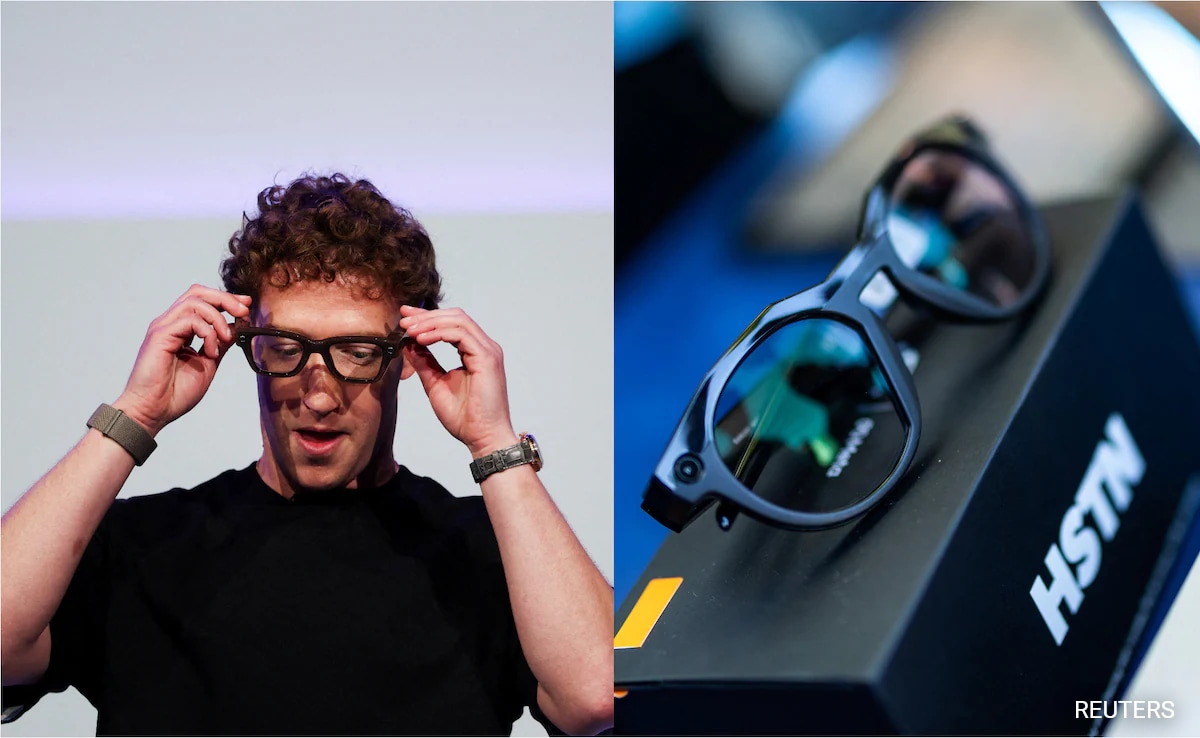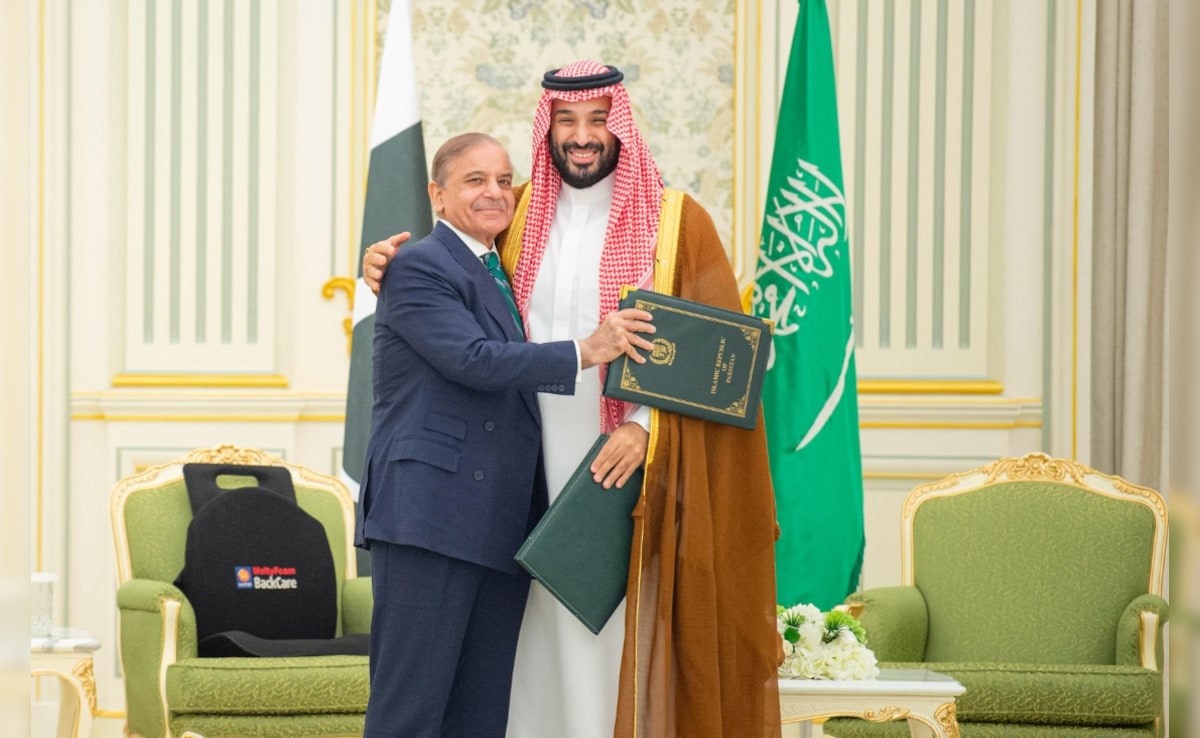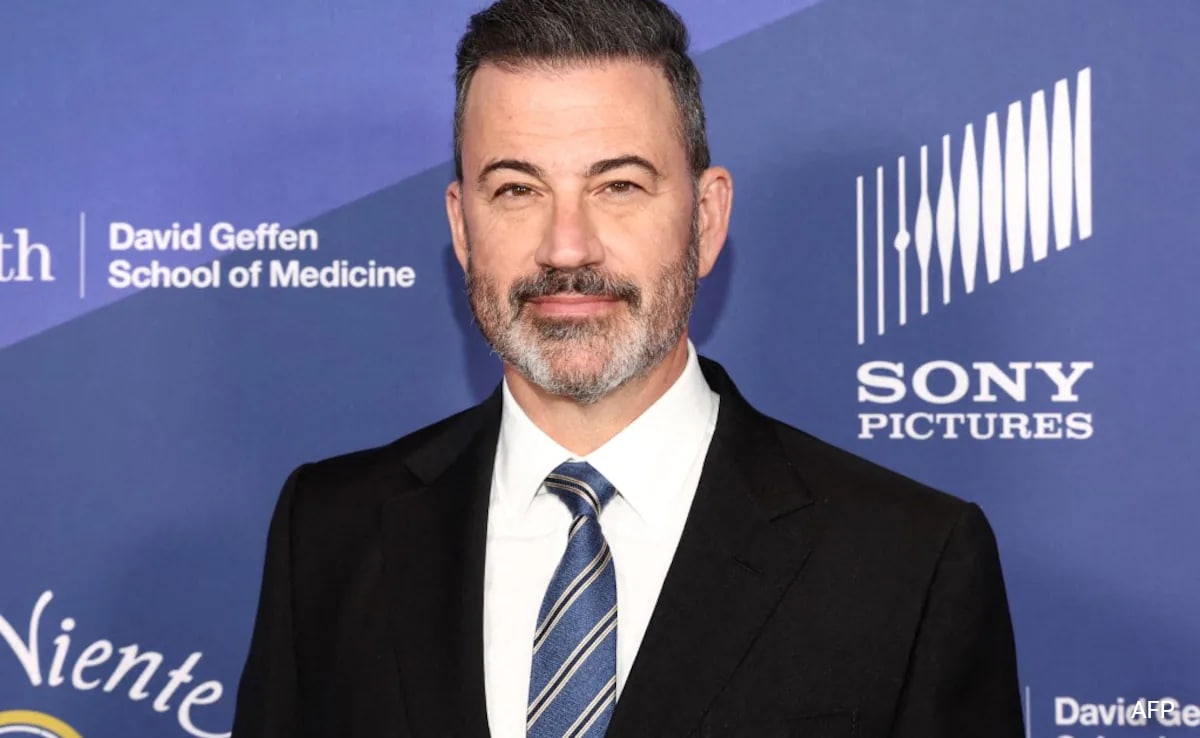But it turns out that Italyâs reliance on Draghi has a downside: All it takes to revive political chaos is the speculation that he might not stay long on the job.
Italy on Monday is beginning the process to select a new president, a nonpartisan job that typically goes to an elder figure seen as high-minded and trustworthy. Draghi, 74, Europeâs onetime top central banker, is the most obvious candidate, and is assumed by commentators to want the role. What remains to be seen is whether the 1,000-odd politicians and other representatives who vote for the president will back Draghi, given that his ascension would leave Italy needing to replace a singular prime minister.
âThe situation right now is very cloudy,â said Lorenzo Fontana, a deputy leader of the nationalist League. âEverybody is holding their cards close to the vest.â
Those who want Draghi to become president argue that he could still be a stabilizing force in that role â and for a longer time, because presidents have seven-year terms. Though the job has ceremonial aspects, presidents hold enormous sway in moments of government collapse, when they have the power to call for new-elections or handpick unelected prime ministers, in the manner that Draghi was chosen by President Sergio Mattarella.
Those who want Draghi to stay on as prime minister â he could only serve up until new elections in 2023 â argue that some of the emergencies he was called on to address still arenât over, including the pandemic. Italy is also in the midst of receiving a historic sum of European recovery fund money, a stimulus that â if used wisely â could help repair some of the long-standing weaknesses of the Italian economy.
âIt just wouldnât be the same if there was someone else [managing the recovery] instead of Draghi,â said Andrea Cangini, a senator who is a member of the center-right Forza Italia party.
âItâs important for Italy not to lose this almost novel image of a stable country, since Italyâs public image has always been shoddy,â Cangini said. âFor the first time, Italy is seen as an authoritative country, and the head of government is thought of as the most influential personality in Europe. Letâs make use of that as long as it lasts.â
With relationships forged during the euro zone crisis, Draghi has raised Italyâs profile within Europe, and heâs helped fill a void since German Chancellor Angela Merkelâs departure. But heâs also viewed as a short-term leader, a limiting factor in his ability to influence the bloc.
The presidential voting is secretive, and sometimes compared to a papal conclave, in part because of the history of unpredictable outcomes. A president needs a two-thirds majority â unless three rounds of voting prove indecisive, in which case the threshold drops to a simple majority. But because the left and right are so evenly split, with a batch of independents holding the middle, neither side has the power to ram through a candidate on their own. That is one reason many political analysts think Draghi has the best chance: Heâs already shown he can rally support from both the left and right.
âCertainly Draghi is the most likely,â said Giovanni Orsina, director of the school of government at Luiss Guido Carli University. Orsina put the odds of Draghiâs selection at 50 percent, with the other 50 percent âdivided between 20 names.â
One of those names is Silvio Berlusconi, Italyâs billionaire former prime minister, who has openly campaigned for the job despite his tax fraud conviction, his one-time ban from political office, and an ongoing trial looking into whether he bribed witnesses to lie about his alleged âbunga bungaâ parties. Even the right-wing parties that have publicly pledged their support for Berlusconi seem lukewarm. And his chances of winning a majority are minuscule. The likelier scenario is that Berlusconi will eventually withdraw his candidacy and earn the chance to name an alternative, more palatable candidate.
In a note trying to make sense of the machinations, the Eurasia Group, a political consultancy, said Berlusconi would then be able to âtransfer some of his influence over his allies on the right to his chosen candidate.â
If he picks Draghi, the note said, âit will be hard for other party leaders to oppose.â
But that is hardly the only scenario. In one another possibility, the various parties could decide to keep Draghi as prime minister and ask the current president, the widely respected Mattarella, to stay on for another term. Mattarella has made it clear heâd prefer to return to private life, and has been on what amounts to a farewell tour, even meeting recently with Pope Francis at the Vatican.
Draghi has declined to directly answer questions about his future. But in a December news conference, he described the government as being on solid ground, and said it could function well âindependentâ of who was in charge.
Meantime, he has been seeing some signals that his second year â should he stay on as prime minister â would be more difficult than his first. Inflation is stretching Italiansâ pocketbooks. Russia is threatening a land war in Ukraine. And domestically, parties are gearing into campaign mode ahead of 2023 elections, meaning they have growing incentive to differentiate themselves rather than work together.
Draghi has support from all but one of Italyâs major parties. But they are unnatural allies, and before Draghi came along, they had been rarely able to find common ground. A 2018 election had left the landscape so fragmented that any majority always seemed to be teetering. The first two governments created after that 2018 vote were led by Giuseppe Conte, himself an unelected outsider, who was picked as a neutral figure to hold together weak coalitions. Draghi was called upon after the second Conte government collapsed, with Mattarella saying that it was time for Italy to tackle its âgreat emergencies.â
âIt was like putting a commissioner on the top of politics,â Orsina said. âBut on the whole, the system is extremely unstable. Draghi was always meant to be temporary.â
.png)











 English (United States) ·
English (United States) ·  Turkish (Turkey) ·
Turkish (Turkey) ·